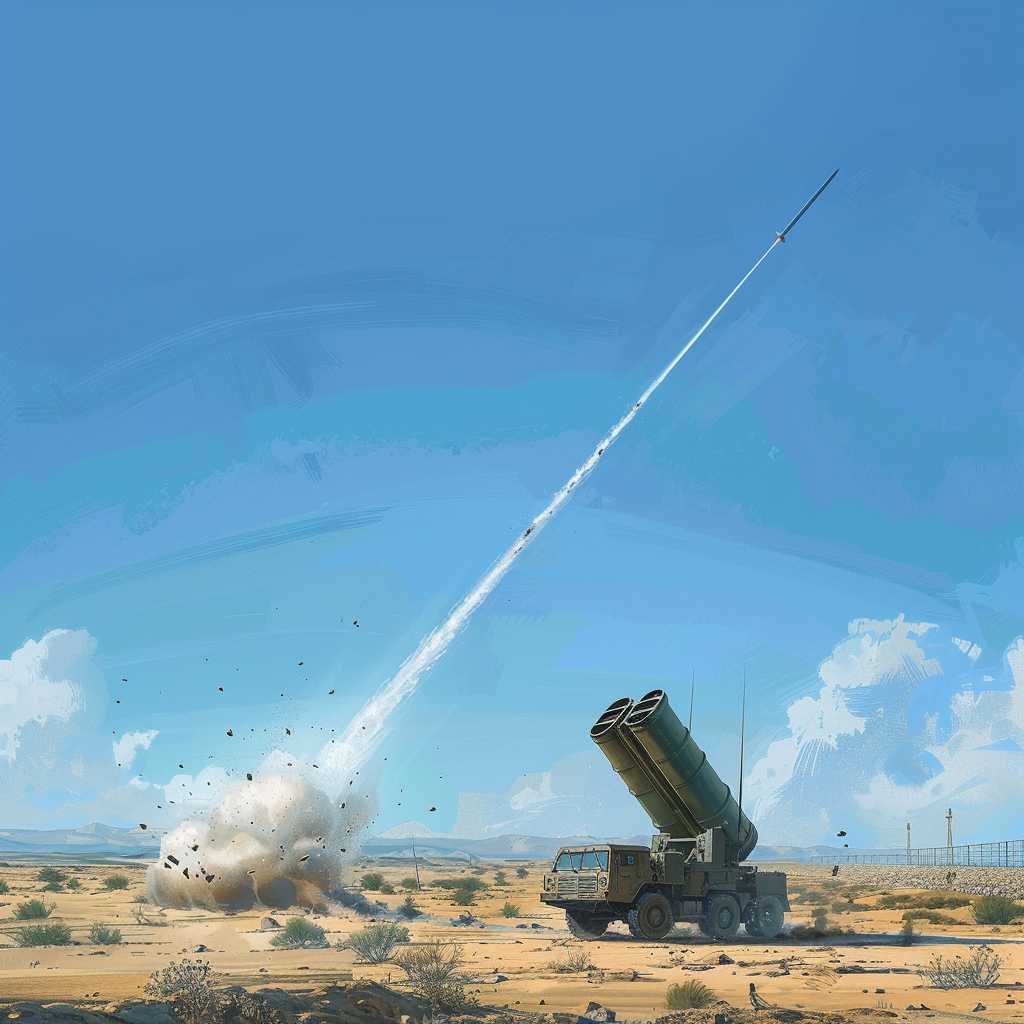The Iron Dome Missile Defense System: A Cornerstone of Air Defense
The Iron Dome is one of the most talked-about missile defense systems in the modern era. Ever since its deployment, it has fundamentally altered the dynamics of regional security and air defense strategies. This article expounds on the technological innovation, operational experiences, and strategic implications of the Iron Dome, while also considering the discussion on its effectiveness and influence on global missile defense approaches.
Introduction to Iron Dome
The Iron Dome is an Israeli mobile all-weather air defense system designed to intercept and destroy short-range rockets and artillery shells fired from distances of 4 kilometers to 70 kilometers away. Developed by Rafael Advanced Defense Systems and Israel Aerospace Industries, it has served as a prominent shield against missile threats faced by Israel since its deployment in 2011. The system gained international notoriety for its high interception success rate, which is reported to be over 90%.
How Iron Dome Works
To understand the mechanics behind the Iron Dome’s success, it’s important to dissect its operating principles and technologies:
Detection and Tracking:
Upon the launch of incoming projectiles, radar systems are the first line of engagement. The detection and tracking radar identifies the threat and calculates its trajectory, allowing for real-time analysis and response.
Battle Management and Weapon Control (BMC):
The BMC is the Iron Dome’s nerve center. Once a threat is identified, this system evaluates whether the incoming rocket is projected to hit a populated area or strategic site. If the threat is deemed significant, an interceptor missile is launched.
Interceptor Launch:
The Tamir interceptor missiles are equipped with electro-optic sensors and steering fins for precise maneuvering towards their target. After launch, they home in on the incoming rocket or shell.
Interception:
As the Tamir missile approaches its target, it detonates its warhead near the incoming projectile, neutralizing it through a proximity-fuse blast designed to minimize debris and collateral damage.
This operation from detection to interception occurs within very short timeframes, usually within minutes of an enemy rocket’s launch, exemplifying the high-speed responsiveness of modern air defense systems.
Strategic Significance:
Deploying such advanced defensive measures has substantial strategic implications. Primarily, it provides a shield to urban areas and critical infrastructure, potentially redefining the concept of security within Israel’s borders:
–
Military Strategy:
The Iron Dome complements offensive operations by mitigating the impacts of retaliatory strikes, contributing to military tactics flexibility.
–
Civil Defense:
It plays a pivotal role in safeguarding civilians, thereby contributing to maintaining public morale during conflicts.
–
Diplomacy and Perception:
By reducing vulnerabilities to missile attacks, it may alter adversaries’ calculations while negotiating or during escalations, valuing both deterring effects and political symbolism.
Critical Analysis of Iron Dome
While celebrated for its successes, the Iron Dome is subject to critique regarding:
–
Financial Implications:
The cost per interceptor (costing tens of thousands of dollars) raised practical concerns about its economic sustainability during prolonged engagements.
–
Asymmetric Warfare:
There have been arguments that extensive reliance on such technological defenses may escalate arms races or contribute to asymmetric warfare approaches taken up by opposing forces.
–
Overdependence:
Militarily relying on a single defense technology could leave a nation vulnerable if that technology were compromised or rendered ineffective.
Despite such concerns, overall assessment trends regard the Iron Dome positively for revolutionizing missile defense tactics.
